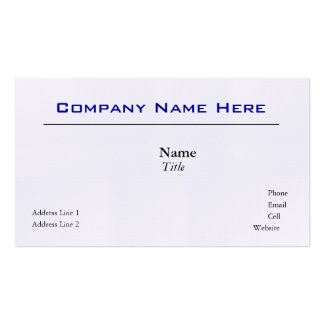Are you preparing to present a marketing presentation to the C-level executives? If so, forget about click-per-post and similar metrics because that will just not cut it with the management board. CEOs and CFOs are more interested in how marketing is helping the business make more money. In addition, they want to know if the money injected in marketing is worth it.
To get CEOs and CFOs to support the marketing department, give them the metrics that matter. Below are the metrics you should present to the executives:

i) Customer Acquisition Cost (CAC)
This is the amount the company spends to get a new client. To calculate the CAC, compute the amount of money used for sales and marketing within a specific period and the number of new customers acquired over the period. The CAC is the total amount spent divided by the number of customers acquired. The CAC measures and determines if the amount spent on acquiring new customers is justifiable.
ii) Marketing % of Customer Acquisition Cost
This is the amount of marketing expenditure expressed as a percentage of the total sales and marketing spend used to calculate the CAC. This metric includes any expenses, salaries, commissions and overheads of the marketing department. This metric is an indication of the performance of marketing.
iii) Ratio of Customer Lifetime Value to CAC (LTV: CAC)
This is a comparison of the total value of a customer against the amount used to acquire him. The Lifetime Value (LTV) is calculated by considering the amount the customer pays over a period minus the gross margin divided by the estimated churn percentage for the customer. The higher the ratio, the better.
iv) Time to Payback CAC
This is the time it takes for a new customer to pay back the amount used to acquire him. The shorter the period, the better. Once the CAC has been repaid, the company starts reaping profits from the customer. Generally, you should strive to recoup the money spent on acquiring a new customer as soon as possible so that subsequent revenues go to profits.
v) Marketing Originated Customer %
This is the number of customers acquired over a certain period as a result of your marketing efforts. The metric is represented as a percentage of the total number of customers acquired. In any given period, a number of customers will be acquired. This metric seeks to find out how many of the customers were acquired from the company’s marketing efforts.
vi) Marketing Influenced Customer %
This is the percentage of new customers that interacted with marketing at any point in the buying cycle. The metric is used to measure the influence of marketing across the entire buying process.
The above are the marketing metrics that matter to the C-suite. These are the numbers they are interested in and that influence their decisions. The above metrics are not just for presentation. They can actually point out where your marketing strategy is not as effective as it should be, and hence you can take correct measures in time.







No comments:
Post a Comment